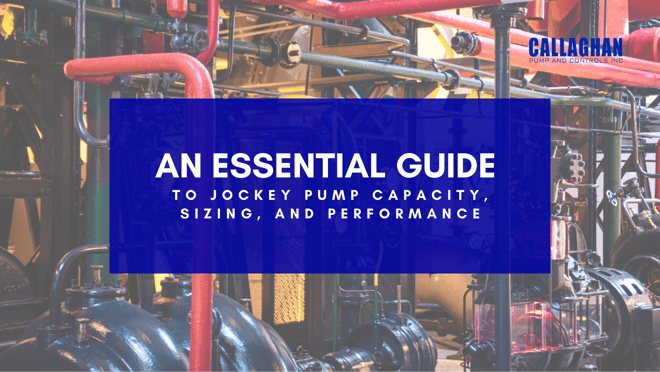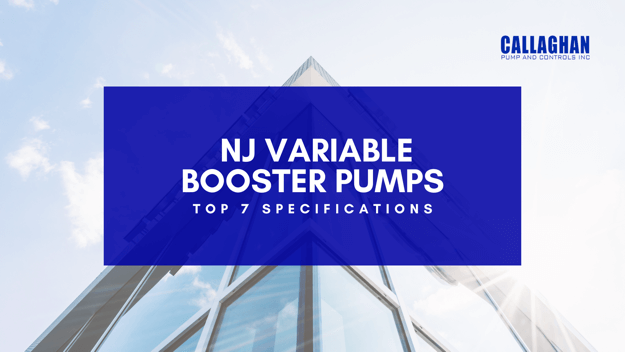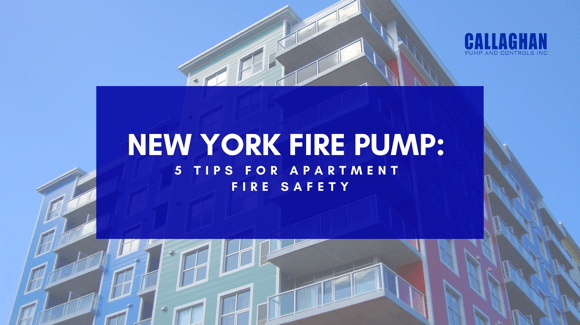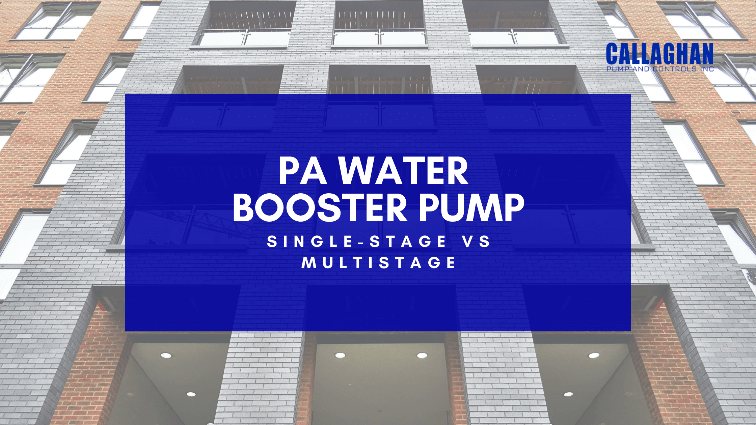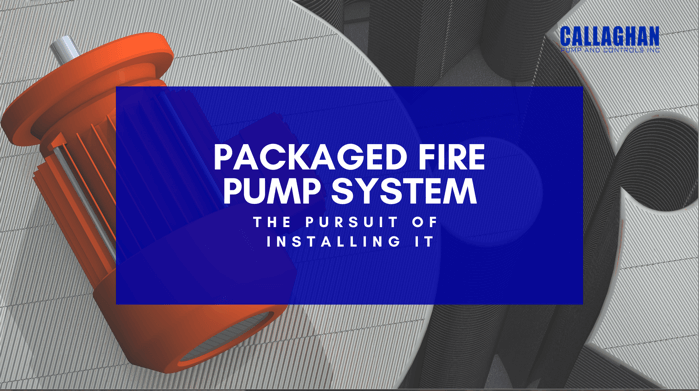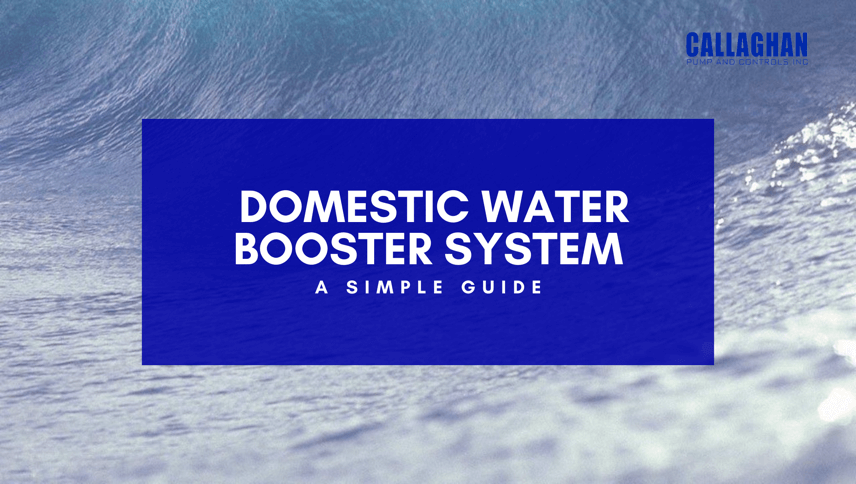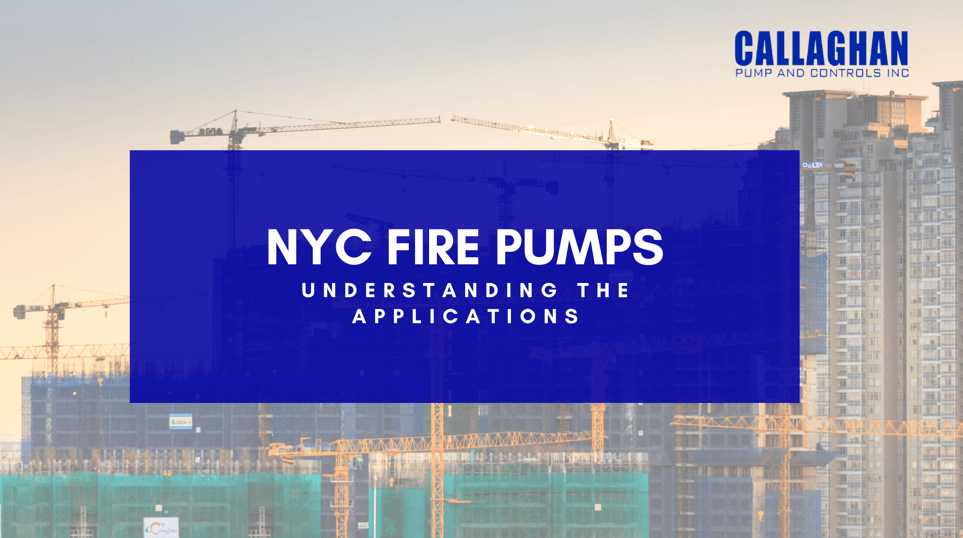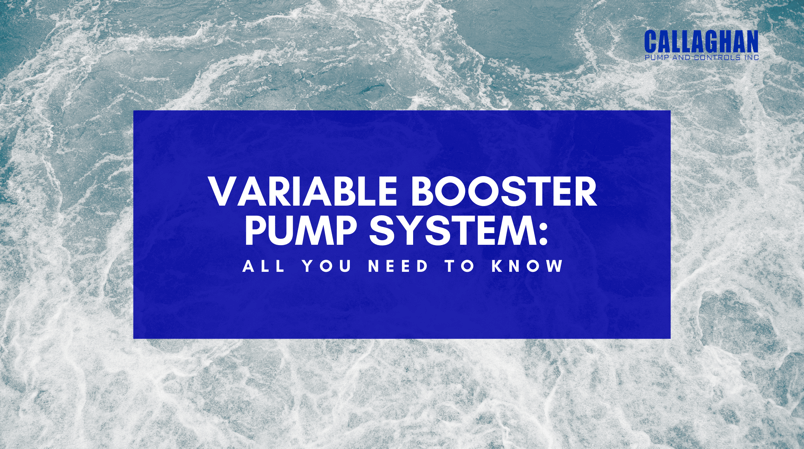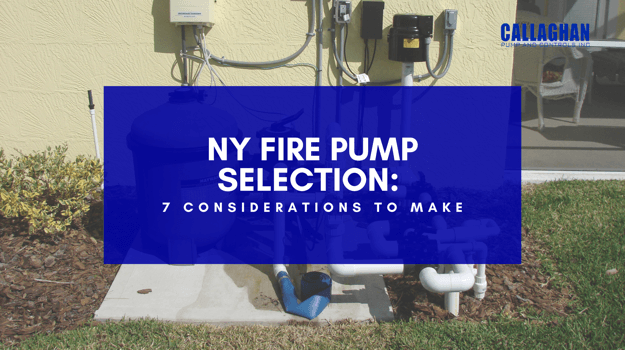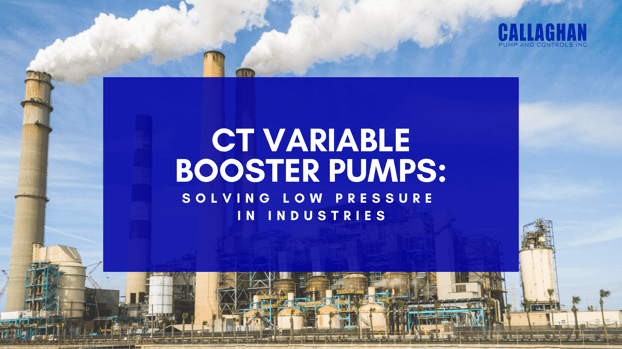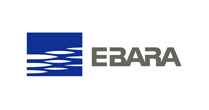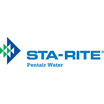If you look at fire protection systems, you will notice that they all require a fire pump and a jockey pump. You may have heard of the fire pump before, but what about the jockey pump? What’s the point in having a jockey pump? And how do you determine jockey pump sizing and capacity? Let’s find out!
Understanding the Concept of the Jockey Pump
A jockey pump is a small device that consists of a pump, motor, and controller. Its role is to maintain water pressure above the pressure setting of the fire pump so that the fire pump does not have to run without any need.
There are mainly two different types of jockey pumps. The common type is a centrifugal pump and the other one is a positive displacement regenerative turbine pump. Both generate high pressures at low flow rates with low horsepower.
Jockey pumps have their own fire pump sensing lines of usually 15 mm nominal size made between its discharge check and isolation valve. These sensing lines are non-ferrous pipes that connect the sprinkler system to the jockey pump pressure switch. According to NFPA 20, a sensing line should be connected between the jockey pump check valve and the discharge isolation valve.
Jockey Pump Capacity and Sizing
Whether you invest in a centrifugal pump or a regenerative turbine pump, make sure it is properly sized for low flow. It should have enough head to achieve the maximum fire pump discharge head. Below are some design conditions to make the jockey pump sizing, performance, and capacity selection easy:
-
- Jockey pumps are sized for 1% water flow and have a water pressure that is 10 to 20 PSI higher than the main fire pump.
-
- Avoid investing in jockey pumps that can generate much more than that because of the possibility of exceeding the rated system pressure.
-
- They must be capable of generating the same water pressure, as the fire pump generates at no flow.
-
- The water flow should not exceed the flow capacity of a single sprinkler head.
- A good rule of thumb for the desired flow rate is around five gallons per minute (GPM).
Once you have sorted out the water flow and pressure, the next thing is power. Jockey pumps are often powered by three-phase motors, but single-phase motors are the most common ones. Either way, the jockey pump functions the same.In Addition to That…
The piping of your jockey pump should be fairly simple. The important thing is that the suction and discharge piping must be properly arranged, so that the jockey pump can continue to function even if the fire pump is isolated or out of service.
Make sure the piping includes an isolation valve on the suction and discharge piping. There should be a check valve on the discharge piping too. And for a regenerative turbine-type pump, a pressure relief valve is a must on the discharge pipe.
In Conclusion
Jockey pumps are an integral part of fire pumps and sprinkler systems. They are essential when it comes to enjoying the trouble-free operation of your fire protection system. If you take care of the above information, your jockey pump will last for many years without causing any trouble. We hope you have a clear understanding of fire pump sensing lines and jockey pump capacity and size.
For more help, don’t hesitate to contact us!

